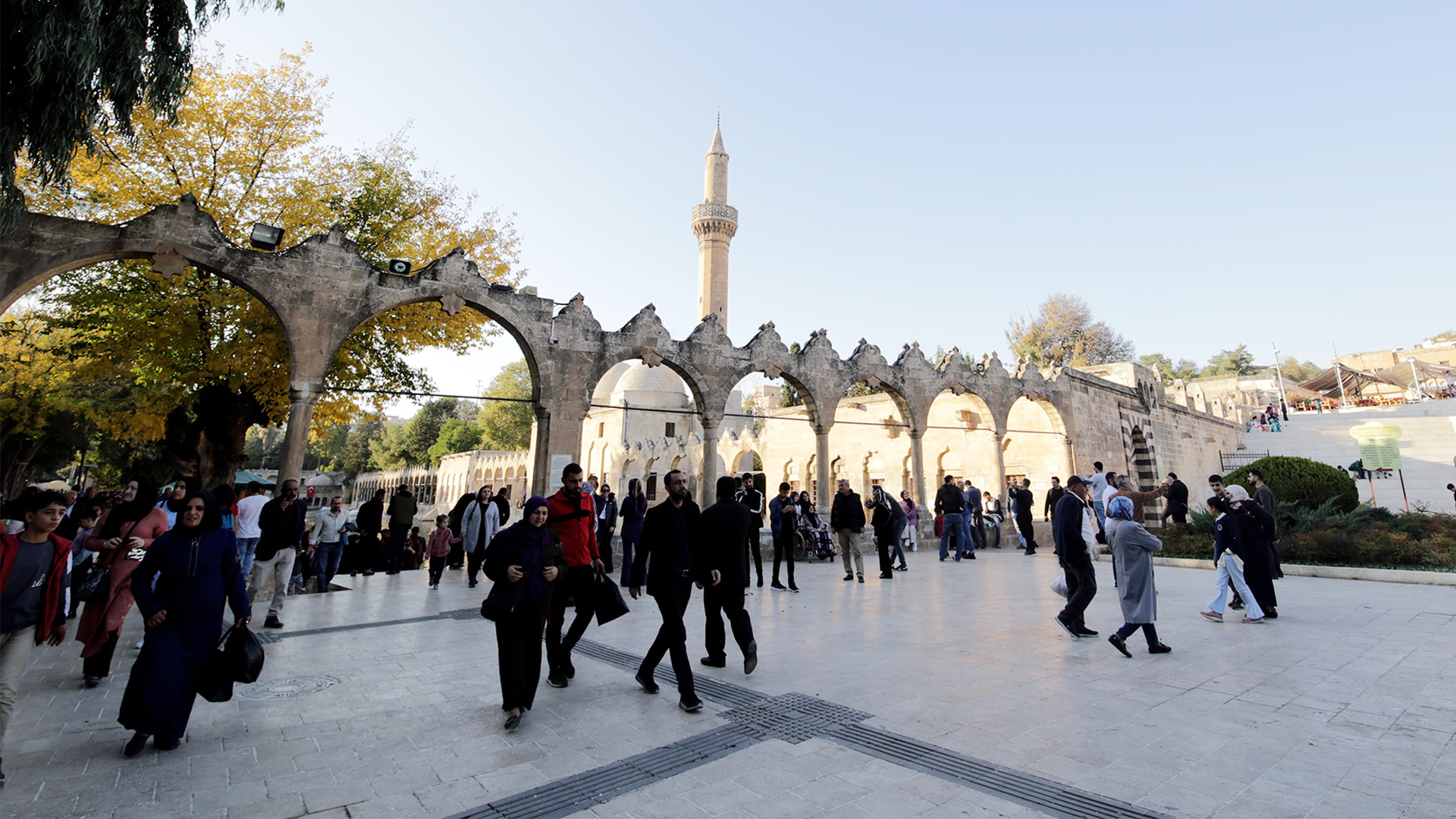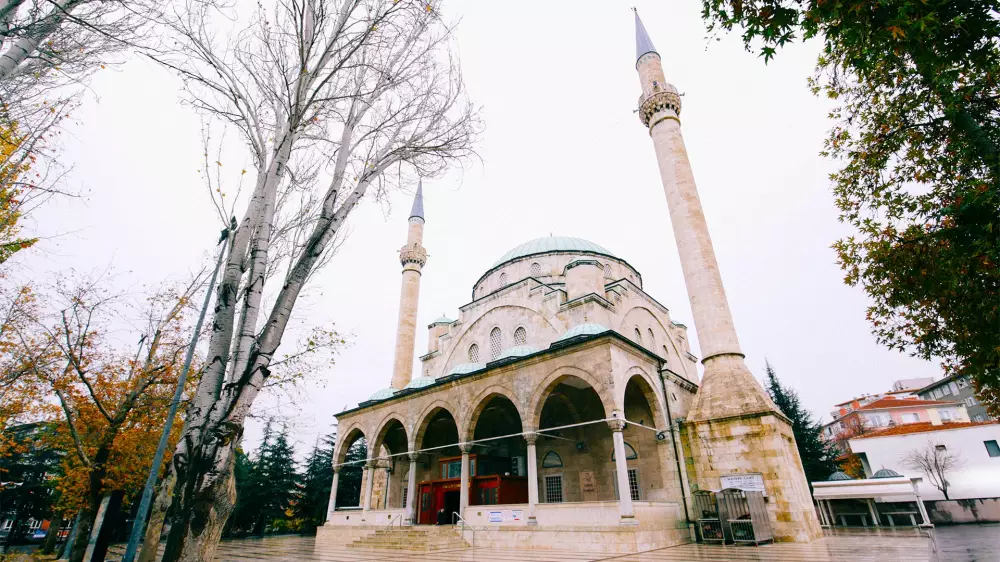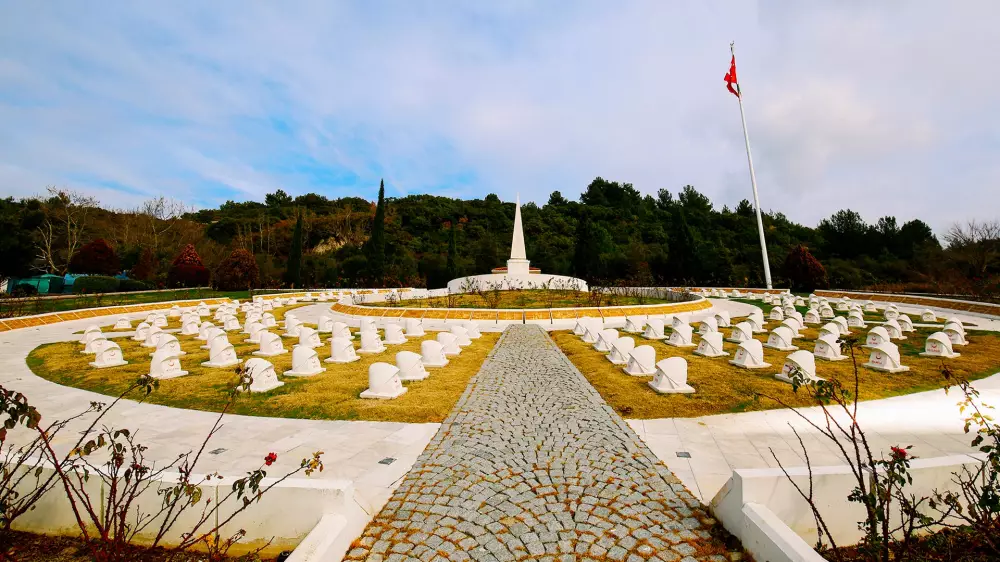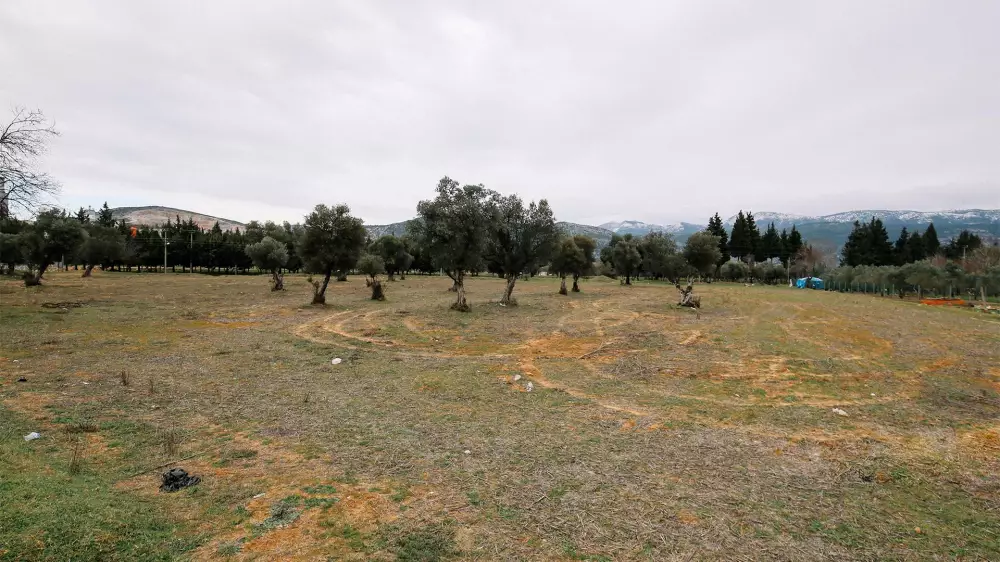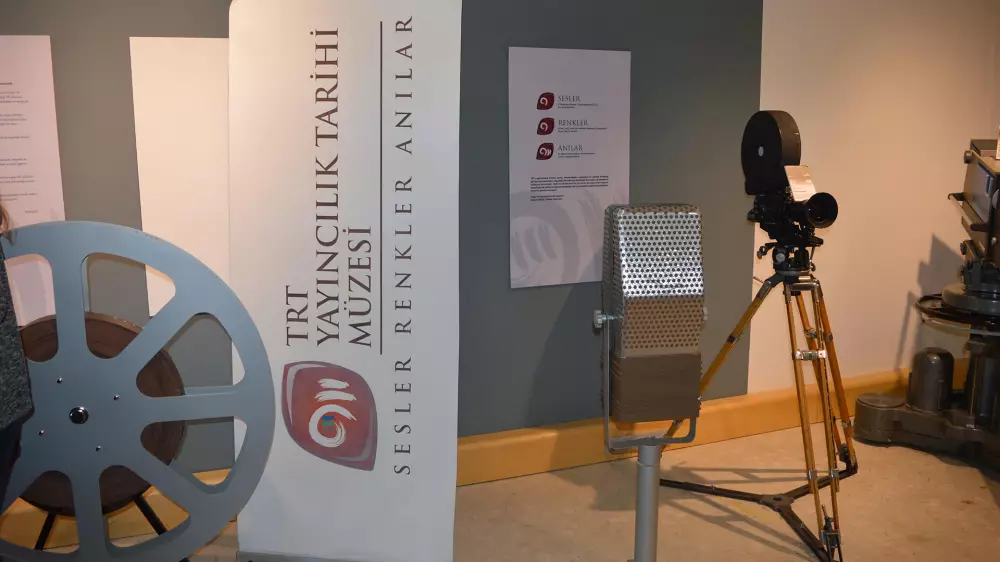
Mehmet Emin Tokadi Tomb
15.11.2024 12:21
Mehmet Emin Tokadi Hazretleri is one of the most significant Sufi figures of the Ottoman period, leaving a lasting mark in the world of Sufism. As a member of the Naqshbandi-Mujaddidi order, Tokadi Hazretleri was known not only for his scholarly knowledge but also for his spiritual guidance. His tomb in Istanbul’s Zeyrek district remains an important stop for those seeking spiritual solace. Throughout his life, he educated many students and made significant contributions to Islamic sciences, making him a revered figure not only among Sufi circles but also for those who value Istanbul's spiritual heritage.
Who is Mehmet Emin Tokadi?
Mehmet Emin Tokadi Hazretleri was one of the leading representatives of the Naqshbandi-Mujaddidi order. Born in 1664 in Tokat, he was known for his deep interest in Islamic sciences. He began his education in Tokat and later continued in Istanbul, where he worked with many prominent scholars. Dedicating himself to Sufism, Tokadi Hazretleri advanced in the Naqshbandi order after receiving authorization in Mecca. Upon returning to Istanbul, he briefly served as a sheikh at the Emir Buhari Lodge in Ayvansaray but did not take much interest in the lodge's management. His dedication to the principles of the Naqshbandi order, his advocacy for the ritual known as devran, and his treatises on Sufi topics made him a well-known figure.
The Life and Activities of Mehmet Emin Tokadi
Mehmet Emin Tokadi Hazretleri is noted for his adherence to the disciplines of the Naqshbandi order and his Sufi writings. He taught in Istanbul for many years, educating numerous students. While continuing his guidance activities, he served as the caretaker of the Eyüp Sultan Tomb, maintaining his spiritual services. The treatises he wrote on Sufism and Islamic sciences had a widespread impact among followers of the order. Some of his works are housed in the Suleymaniye Library. These treatises, which delve into Sufism, provided his students with profound Sufi understanding.
Mehmet Emin Tokadi’s Tomb and Pilgrimage Site
Mehmet Emin Tokadi Hazretleri passed away in 1745 and was buried in the Pîrî Paşa Mosque Cemetery in Zeyrek. His tomb holds an important place among spiritual pilgrimage sites in Istanbul and is frequently visited today. The cemetery around his tomb is noted for its spiritual atmosphere and is a frequent destination for those interested in Sufism.
The Works of Mehmet Emin Tokadi
Mehmet Emin Tokadi is known for his treatises on Sufism and Islamic sciences. Some of his notable works include Irshad as-Salikin, Risala fi Suluk al-Tariqat al-Naqshbandiyya, and Siyanat al-Dervishan. In these works, he elaborates on the principles of the Naqshbandi order and Sufi practices. His treatises provide a unique perspective on the understanding of the order during his time, offering original views on controversial topics like devran.
Mehmet Emin Tokadi Hazretleri is a Sufi who left a deep mark in the field of Sufism during the Ottoman period and held a significant place in the Islamic world. As a representative of the Naqshbandi-Mujaddidi order, his works and spiritual legacy continue to influence today.
How to Visit the Tomb of Mehmet Emin Tokadi?
Mehmet Emin Tokadi Hazretleri’s tomb is located in the Zeyrek district of Istanbul’s Fatih district. It is easily accessible. The tomb, located at Cibali, Zeyrek Mehmet Paşa Street, 34083 Fatih/Istanbul, can be reached by public transport or private vehicle.
For visitors using public transport, bus lines passing through Eminönü or Vefa provide access to stops near the tomb. The nearest bus stops are Cibali-Kadir Has University and Unkapanı/Eminönü stops, from which the tomb can be reached by walking. The nearest tram stop is Eminönü, from where you can also take a short walk to the tomb.
To reach the tomb by car, there are parking spaces available in the vicinity. From Zeyrek Yokuşu across from Unkapanı, you can find the tomb at the end of the slope.
What is Written on Mehmet Emin Tokadi’s Tombstone?
The inscription on Mehmet Emin Tokadi Hazretleri's tomb was penned by one of his disciples, Müstakimzade Süleyman Sâdeddin Efendi. The epitaph reads:
"Peyk-i vahdet sırr-ı pâkinden okur târîhini / Oldu lâhûta revan Allah deyip rûh-ı Emîn."
The meaning of this verse is as follows: "The herald of unity reads his date from his pure secret; The soul of Emin ascended to the heavens, saying Allah."
These words reflect the spiritual rank of Mehmet Emin Tokadi Hazretleri and his devotion to Allah. The phrase "lâhûta revan" describes his soul's ascent to the highest realms. His wisdom and depth in the path of Sufism are expressed through this verse.
Places to Visit in and Around Zeyrek
Zeyrek Mosque
Originally built as the Pantocrator Christ Monastery during the Byzantine period, this structure was converted into a mosque after the conquest of Istanbul. It is one of the largest surviving Byzantine-era buildings in Istanbul, second only to Hagia Sophia.
Zeyrekhane
Built on the site of a mansion from the Byzantine era, Zeyrekhane now serves as a restaurant. It is a historic place where you can relax while enjoying the magnificent view of Istanbul.
Zeyrek Houses
This area, home to wooden houses from the Ottoman period, is on the UNESCO World Heritage List. The Zeyrek Houses, which are rare examples of traditional Turkish architecture, preserve the historical texture of Zeyrek.
Imaret-i Atik Mosque
This structure, built as a monastery in the 11th century by Byzantine Emperor Alexios I's mother, was converted into a mosque during the Ottoman period. This mosque, known for its historical architecture, is one of Zeyrek’s important landmarks.
Women's Bazaar
Zeyrek’s famous market is known for offering foods unique to Siirt and Eastern Anatolia. It is a great place to visit for trying regional delicacies and shopping.
Horse Bazaar
Located in the Fatih district, this market was once a place for trading animals. Today, it offers a nostalgic visit with its surrounding coffeehouses and shops, while preserving its historic atmosphere.
Valens Aqueduct (Bozdoğan Aqueduct)
Built by Roman Emperor Valens in the 4th century, this aqueduct provided water to Istanbul during both the Byzantine and Ottoman periods. Still an important part of Istanbul’s skyline, the Valens Aqueduct is located near Zeyrek and showcases the city’s historical heritage.
Gallery




